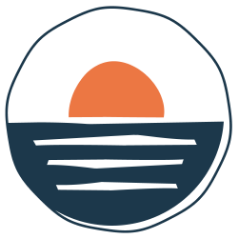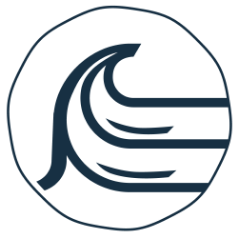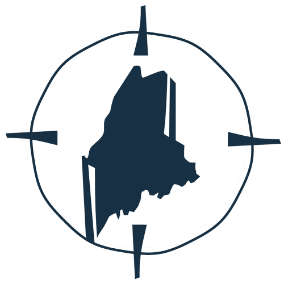Interested in learning more about Maine’s Marine Living Resource Economy? SEA Maine member organizations have released reports, presentations, and videos pertinent to their areas of focus. If you are aware of others worth sharing, please use the Contact Us page and let us know!
On behalf of the Maine Aquaculture Hub, Maine Sea Grant and the Maine Aquaculture Association released The Maine Aquaculture Roadmap, 2022-2032, a ten-year plan that proposes four major goals and identifies over $15 million in estimated resources needed to strengthen Maine’s aquaculture sector and working waterfronts over the next decade.
Produced by The University of Maine Aquaculture Research Institute.
Produced by The Hale Group for the Gulf of Maine Research Institute
The most recent Maine commercial landings from the Maine Department of Marine Resources.
Published by the Island Institute, this study that describes the growth potential for Maine’s edible seaweed market over the next fifteen years. Designed as a resource for anyone associated with the Maine seaweed aquaculture industry, it documents the size and nature of the business opportunity and identifies the requirements for sustainable growth.
Published by the Maine Coast Fishermen’s Association in March 2020, this report shares information accumulated from interviews, conversations, meetings, and research to help elevate the value and attention paid to working waterfronts for commercial fishing and provide suggestions for how to protect this valuable part Maine’s food system and economy.
VIDEOS
This video from the Maine Aquaculture Association highlights aquatic farmers who grow different types of seafood up and down the coast of Maine.
This panel is brought to you by the SEAMaine New Opportunities and Emerging Technologies Subcommittee and the New England Ocean Cluster.
Industry experts from Iceland, Norway and Germany head up a panel focused on best practices that are utilized when bioprospecting and biorefining in their respective countries. The panel explores how government, university and private sector assets are all necessary to be when value adding in the blue economy.


